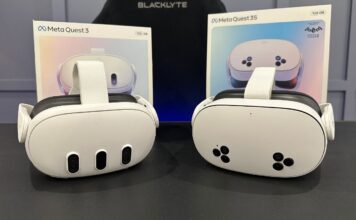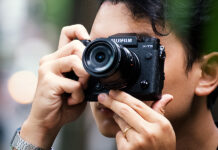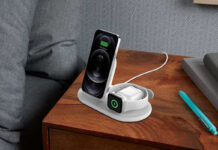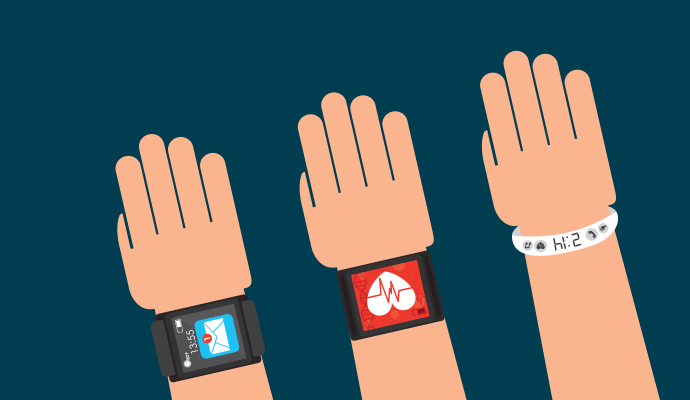
The term “Wearable Technology” (or wearables) is one that’s really only been in our mainstream minds for the past couple of years. But the fact of the matter is, the idea of wearable technology has been around for years. Nowadays, we look at things like fitness trackers and smartwatches as our wearables, but to be honest, things like those calculator watches we had as kids could be considered early wearables. However, technology is much faster, much more robust and so expansive that the possibilities are far more endless than something that could help with math homework. Wearables are only going to get bigger as time goes on and as you see the ways that could help benefit your life, I’m sure you’ll agree.
What makes something a wearable?
There’s one thing involved that really separates a technological wearable and things like an old fashioned wristwatch that you technically “wear” but doesn’t fall into the true definition. Wearables typically have on-board computing of some sort and serve practical purposes, whether it be for fitness tracking or synchronization with your other everyday devices like your smartphone. Unlike other technological fads of the past, I suspect wearables are a permanent addition to our everyday technology. They’re affordable, easily accessible and have so many different uses that we have (and haven’t) yet thought of that I could see them being much more common amongst us all in the future.
What can I get from a wearable?
A wearable is one of those things that are nice to have for some of the little things they bring to the table. I’ve always liked the idea that this little tiny device could sync up with your smartphone or computer and offload information like the length of your workouts, calories burnt, distance traveled and more. As the father of a one year old and avid blogger, my sleep is all over the place and I’ve always wondered about the quality of the few hours of sleep I get each night. Some mornings I’ll wake up feeling like I just slept 24 hours, while others I feel like I snoozed for about 20 minutes and woke up for the day. Fitness monitors with sleep trackers can now monitor you while you sleep, storing the amount of time spent tossing and turning, or blissfully resting.
If that doesn’t interest you, standard smartwatches offer easy synchronization with your smartphone to push calls, text messages and social media alerts while some also provide watch-specific apps, alarm clocks and more. Oh yes, they can tell time too. I’ll talk more about them later on.
Here are some of the various types of wearables that are out there and how they could benefit your everyday life.
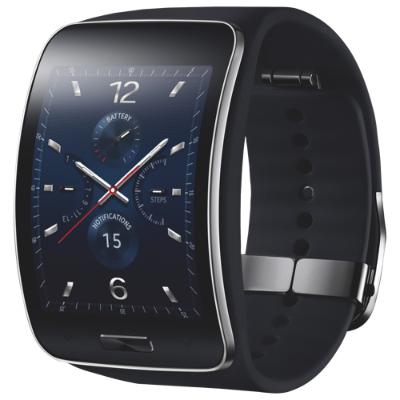 Smartwatches
Smartwatches
You can consider Smartwatches the instigator of the wearable craze. Whether you caught onto smartwatches through crowdfunding campaigns or just by following along with today’s technology, this is what basically got the whole thing started. Smartwatches are a great enhancement to the everyday watch and with so many out there nowadays, you really have to take a good look at your needs. If you’re just looking for something to accentuate your everyday office life, you may want a simpler Smartwatch that displays text, voicemail and social media alerts. However, some smartwatches have all the features you’d expect from a fitness tracker as well. For example, Samsung’s Gear has heartrate and distance tracking and the Basis Peak does too, though it’s made for more of a rugged lifestyle than most other watches in its class
If you’ve considered getting a smartwatch but you’re not sure what you want or need just yet, here’s a comparison of some of the best Smartwatches available to help get you started.
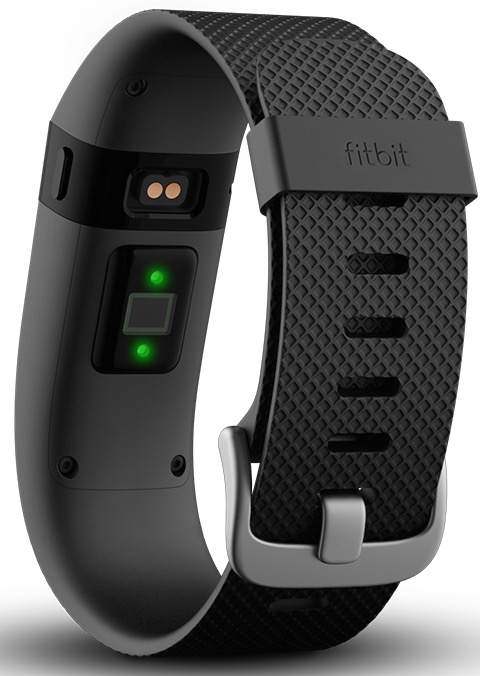 Fitness Trackers
Fitness Trackers
Fitness Trackers are what most people out there think of when they think wearable. Names like Jawbone and Fitbit immediately come to mind when the term is thrown out. While it may be self explanatory why they’ve been categorized under this name, they can do so much more than just tell you how many steps you’ve taken and how far you’ve gone. Many fitness trackers, for example, can be a social gathering tool that you can use to challenge your friends to match or beat your day’s results.
Once you’re asleep, many Fitness trackers will also help monitor your sleep patterns and provide you with results once you’ve awoken. But they’re not just a health and wellness tool. In fact, they even can work and coordinate with your smarthome products too. Jawbone and Fitbit are both part of the IFTTT online cause and effect program (If This Then That) and can work with products like your NEST Learning Thermometer to help bring you comfort at home through determined recipes. Some of the more creative recipes I’ve seen so far include one where your Fitbit tells your NEST that you’re asleep and turns the heat in your room to optical sleeping temperatures and another that warms the house up when it senses you’re awake. Now if I can just train my Fitbit to run downstairs and have cups of coffee ready for my wife and I both when we get downstairs, we’ll be in business right?
There are dozens of fitness trackers available right now, so do a bit of research into what syncs up to your needs and make your decision then.

Sports Trackers
Sports Progress trackers are a fair bit different than standard fitness trackers. The results you’re monitoring with these things are specifically for the purposes of monitoring and analyzing your current progress and encouraging growth within a specific sport. Zepp and Blast are two companies famous for this. You’re not necessarily focusing so much on how far you ran, or how many calories you’ve burned, or what the path of your run looked like. With trackers like these, you’re looking at how far or hard you’ve hit a golf ball or baseball, what trajectory your swing was and/or how you can look to increase on those results in order to add more distance or harness power.
These are my favourite type of wearable. I do go for frequent enough walks with the little one here and there, but I’m never that concerned about breaking my own records or challenging my friends to walk or run farther. However, I am very interested in having the best and farthest drives possible at the driving range and since I seem to have hit a wall and stopped getting better lately, I’m going to be using Zepp’s golf tracker to try to improve my game. Look for those (mis?)adventures coming soon to Plug In.
Clothing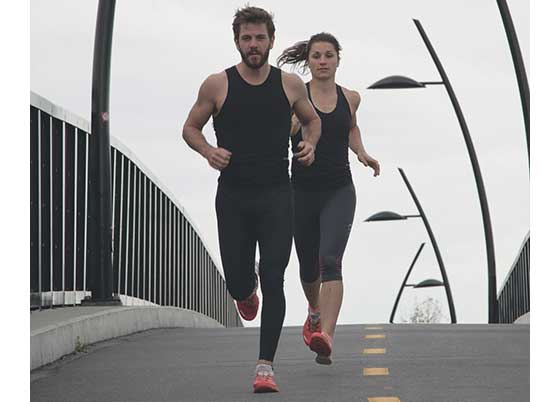
I guess in every sense of the word, clothing is the original “wearable” anything, but it’s only recently that actual clothing has become a technological wearable in Canada. The Hexoskin Biometric shirt is a recent arrival to Best Buy’s growing Wearable lineup, and it’s absolutely amazing, doing everything that your typical device does while acting as your workout shirt. This lightweight, odour-resistant running shirt does everything from standard fitness tracking to sleep monitoring and it does it with a larger variety of sports than most of the other trackers out there. Hexoskin’s Canadian made and they understand that we get up to a few more adventures out here than running, jogging and biking. Avid mountain bikers Shelly and Jason Wutke were surprised to see that the Hexoskin’s app even tracks mountain biking!
Hexoskin is just the beginning of the possibilities we can see from everyday wearable clothing and in closing, I think this is the next big venture you’ll see your favourite companies get into once they’ve exhausted all of their wrist wearable ideas.
A huge selection of wearables of all shapes and sizes are available now at your local Best Buy and online at BestBuy.ca.















